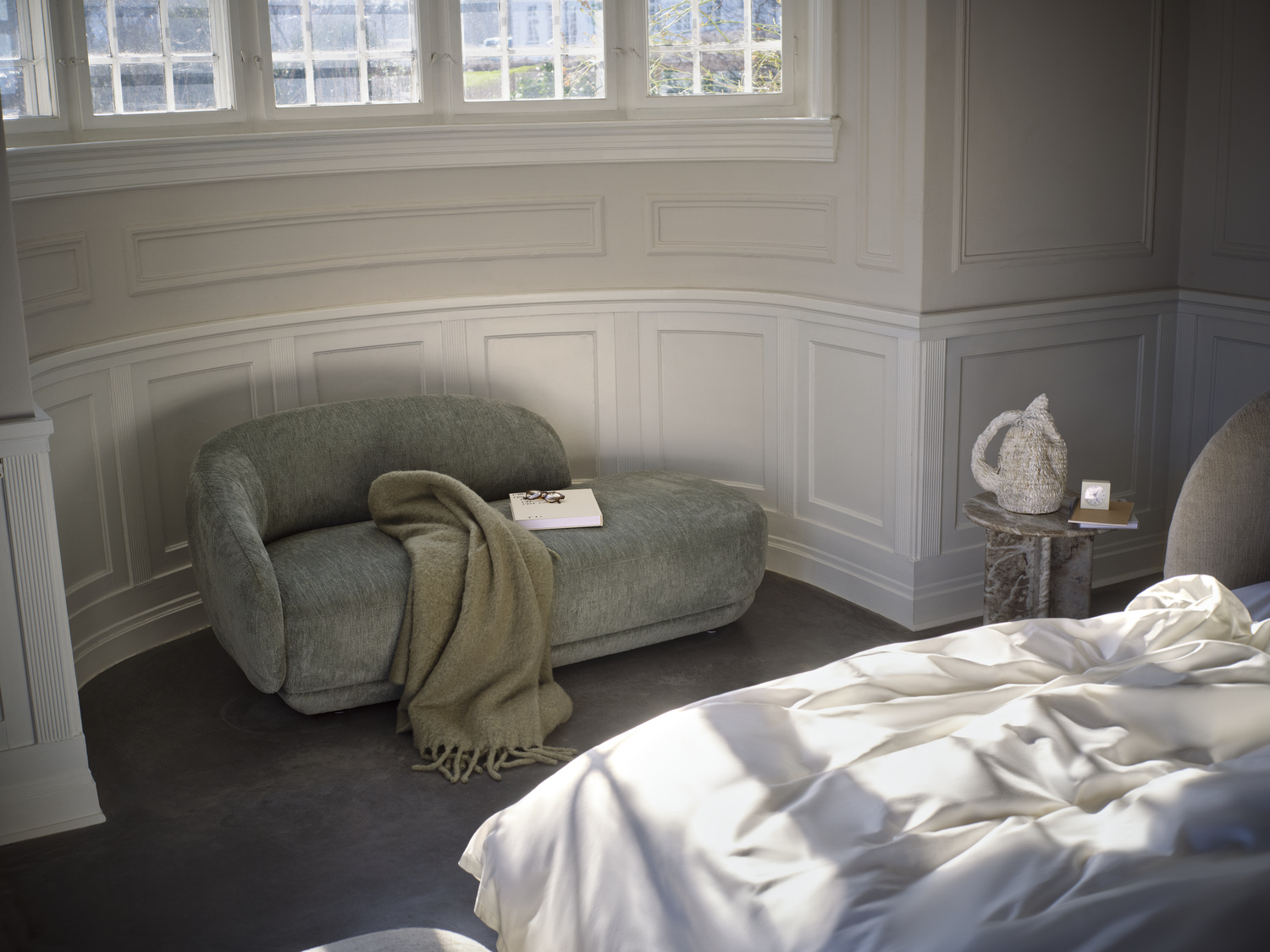Whether exploring the raw drama of Iceland, the collaborative spirit of Italy, or the experimental lens of an exhibition, Haisheng Xu reveals the many ways architecture can shape its time. Brise-Vent Havre Harbor Museum establishes a new paradigm for urban renewal, demonstrating how design can creatively respond to multidimensional challenges and opportunities to enable regional transformation. Located between Le Havre’s industrial district and the UNESCO-listed historic district, the project serves as an urban connector, offering new impetus for the city’s southern development. The Venetian piazzas and waterfronts serve as civic hubs, connecting the waterway between the southern area and the old town while evoking new interpretations of the city’s waterfront identity. The design draws inspiration from the historical structure, extending its legacy into a contemporary form that enriches the urban fabric. The museum serves both as a landmark and a catalyst for the transformation of the southern industrial district, offering new opportunities for the city’s future. The Project won the 2025 International Design Awards in Architectural Design of the Year.

As one of the lead designers on the project, Haisheng Xu draws on diverse sources of inspiration and reveals their transformative potential in his work. His approach to the Brise-Vent Havre Harbor Museum, grounded in the study of the city’s spatial and temporal fabric, is one such example. His works demonstrate how design can respond to the changing dynamics of society, revitalizing urban environments while inspiring innovation. Through a practice that examines the interplay between artistic expression and technological application in shaping architectural value, Xu offers thoughtful insight and relevance to the discourse of contemporary architecture. His other key projects include the Volcano Visitor Center in Iceland, FITT Future Headquarters, and the “After the End” exhibition.
In the Volcano Visitor Center, Xu explores the dialogue between built form and the natural environment, with the intent to promote the development of the area without compromising the existing landscape. The design is inspired by Iceland’s volcanic terrain and responds to its context by seamlessly integrating into the surrounding landscape. A Möbius-strip circulation connects the roof terraces, exhibition spaces, and café, guiding visitors through a continuous spatial journey that reflects the undulating landscape of Iceland and encourages reflection on the relationship between humans and nature.

For the FITT Future Headquarters, a commitment to innovation drives the architectural concept. The design reimagines the public interface and information exchange as opportunities for creativity, transforming the building into a center for idea generation. Two interlocking volumes, one dedicated to office work and the other to public visitation, overlap to form courtyards and an amphitheater that foster collaboration and dialogue, reflecting FITT’s forward-looking culture of openness.

In the exhibition After the End at 4C Gallery, Xu and his team examine the evolving influence of technology and materials on architecture. Centered on the theme of sustainable design, the first part of the exhibition presents the team’s recent projects, while the latter half envisions architecture’s role in the age of artificial intelligence. Building on the idea that sustainable architecture is foundational to preserving human civilization and advancing social development, the exhibition explores how emerging materials and technologies can spark future innovation.

Central to Xu’s practice is a commitment to shaping architecture as a vessel for social and communal development. Rooted in thoughtful studies of the city, site, landscape, programs, and technology, his works encourage openness, creativity, freedom of communication, and harmony between humanity and nature. Through continuous exploration, Xu expands the discourse of both design and technological innovation, offering fresh perspectives and inspiration to the fields of architecture and art. His practice is a contemporary extension of the modernist principle “Form Follows Function,” reinterpreting it through a humanistic lens in which architecture becomes a celebration of the democratic and inventive spirit of our time.
Photos Courtesy of Haisheng Xu








